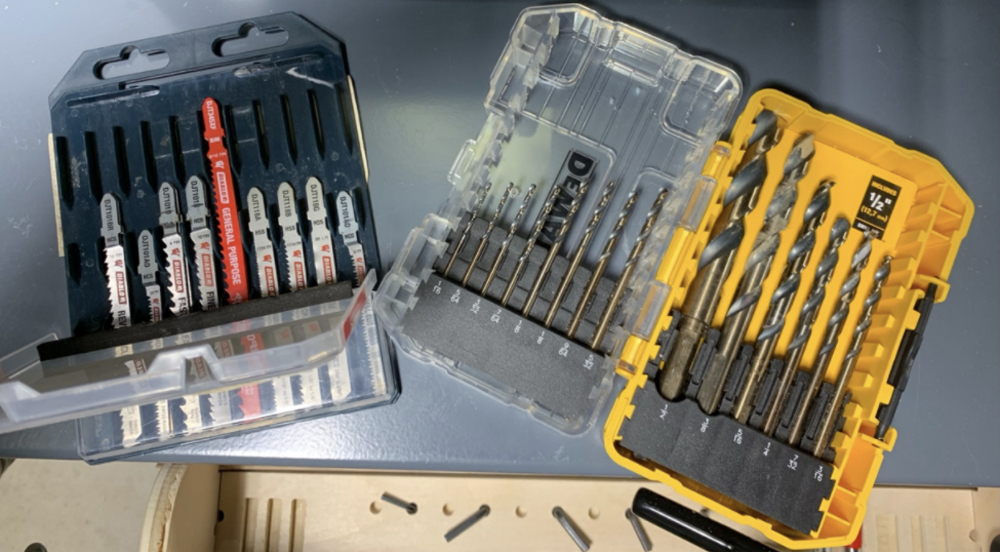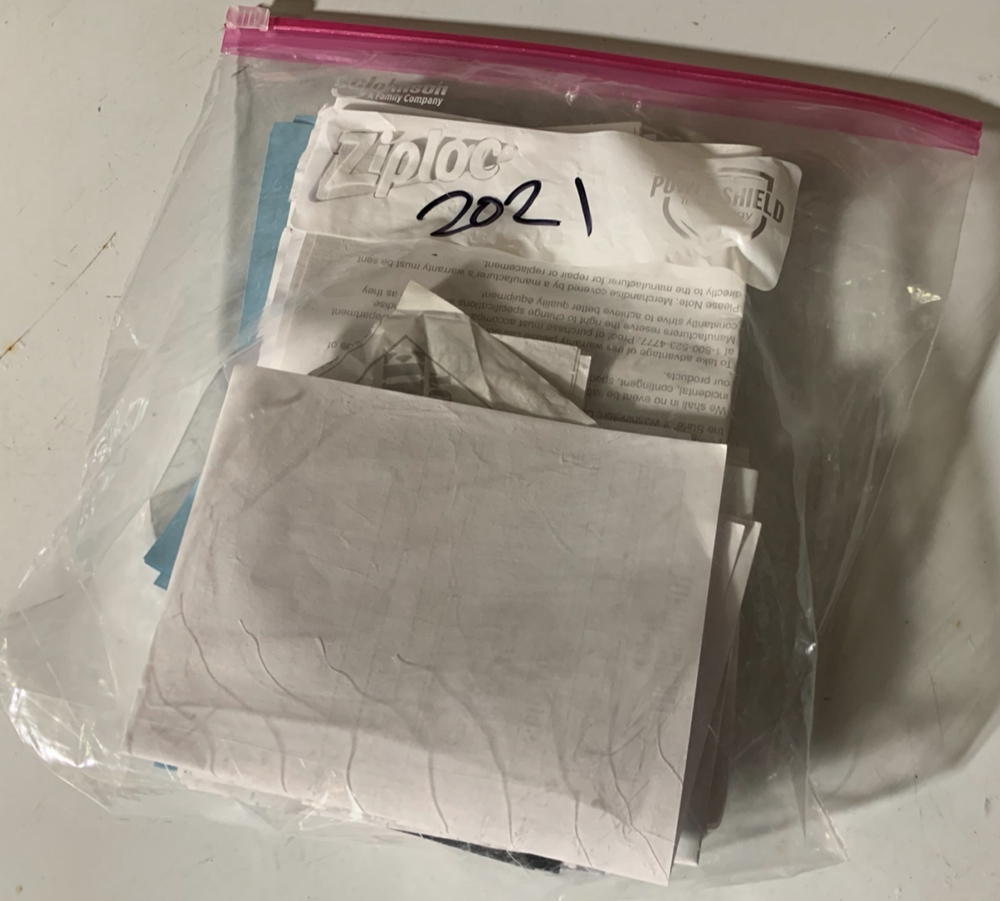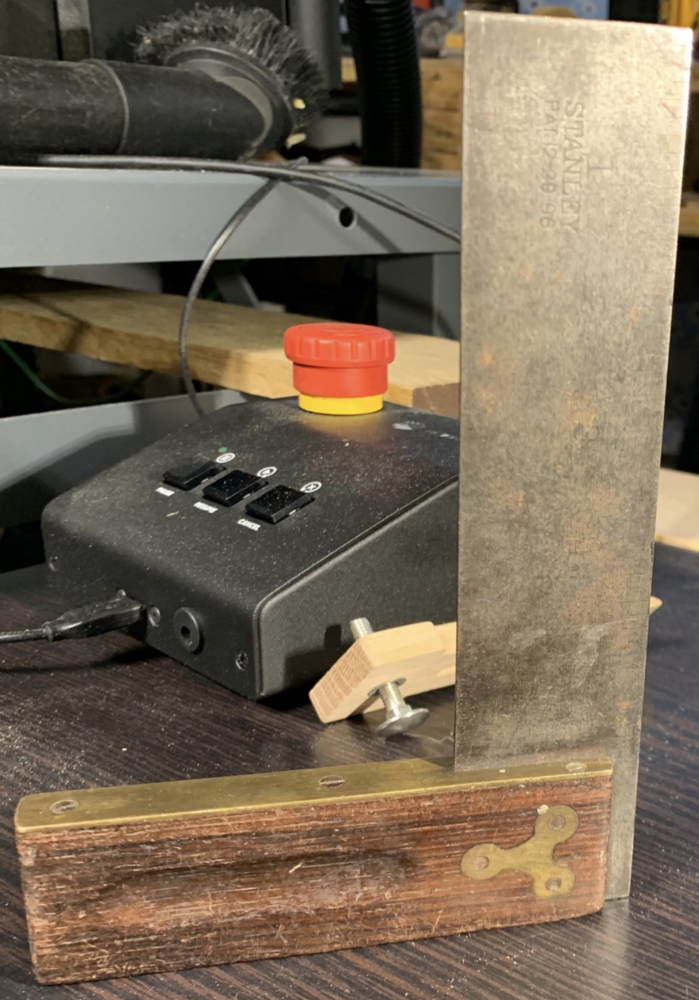Starting down a woodworking path without many tools can lead to serious sticker shock if you’re not careful assessing whether or not a tool purchase is really necessary. Deciding which tools to invest in is even more challenging when you simply don’t know what you don’t know. Like whether you need the 6” or 12” square; a miter saw or a table saw; a carpenter’s pencil or a mechanical pencil. There’s an old woodworking adage I’ve run across a few times that goes something like ‘only buy a tool when you need it’. I took that to heart when I started filling out my toolbox and have found over the past year it’s a good starting point for a tool purchase but shouldn’t be the sole guiding principle. Of course, I didn’t really figure that out until thousands of dollars into my woodworking journey. Looking back at the what and why of my purchases, I’ve developed something of a list of ‘rules’ for purchasing tools that fellow novices may find helpful.
Stick to the plan

I used to wander up and down the aisles at big box stores with only a vague idea of what I needed for a project. I would write out a list of what I thought I needed but would inevitably end up purchasing more than what was on the list; or the wrong thing entirely! For instance, I went one day to purchase a random orbital sander that was on sale. While there, I saw a sheet sander sitting next to it that was also on sale. Since I had no idea what the difference between the two was, I bought both just in case. When I went to buy a particular drill bit or jigsaw blade, rather than purchase exactly what I needed, I bought multipack deals with twenty different bits and twenty different blades. I mean why buy one drill bit for $2.99 when you can have twenty for $19.99? That’s only one dollar a bit! The jigsaw variety pack includes ten different blade types and maybe one day I’ll have a use for one of the ten blades that cuts metal! Ultimately, these and many more purchases were made out of self-doubt and a false sense of being economical about what I was buying. I knew I needed a jigsaw blade but was unsure of what kind. I knew I needed a 1/8th drill bit but the bits were cheaper in packs of twenty. I knew I needed a sander but wasn’t entirely certain on why a random orbit over a sheet sander and did not want to pay an extra $100 later when they were no longer on sale. All together, I spent about $240 for these four items. Had I stuck to my list it would have been $110. Trust and accept that purchase mistakes will be made, but when you first go shopping for tools you need for a project, ignore the sales and stick to your plan! It will save you more over time.
Keep your receipts

I’ve never really kept receipts unless they were something important like a paid traffic ticket or a Powerball office pool. When I started woodworking I wanted to keep an accurate record of how much I was spending on tools, consumables, wood, etc. Whenever I get home from a new purchase the first thing I do is stick the receipt in a Zip-loc bag that’s marked with the current year. Later on, I itemize everything from a box of nails to a bandsaw in a spreadsheet, then do fun things with the data like pretty graphs and expense forecasting. What I have found is that woodworking bleeds you financially through the thousand cut method rather than the big ticket purchases. $16 for double sided tape, then $2.49 for a 3/8 drill bit; $180 for a lovely Walnut slab and $56 for some 4/4 White Oak. Individually, these purchases don’t seem like much but good grief do they add up rapidly. If you’re not tracking every woodworking expense, you will soon find yourself wondering why you don’t have the scratch for that new planer you really need; and maybe spending a few nights in the doghouse.
Beyond just capturing costs, keeping your receipts works like a golden ticket for any purchase mistakes. For the sheet sander that sat on a shelf in my garage for a few months, I was able to take it back and get that sweet in store credit that I then turned around and spent on a shop light. In that case, I was outside of the full refund window, but for other returns I got all of my greenbacks back. As an aside, for any big box store purchases, triple check you are getting what you think you are getting. I’ve purchased boxes of wood screws that were filled with nails and a circular saw that had been opened and returned minus the batteries. Cash maybe king for other purchases, but in the land of woodworking receipts reign supreme.
Think global, buy local
The majority of my online purchases have gone off without a hitch. However, the ones that went sideways, really went sideways. I had one company sell me a new sander then ship a used one. Another company would not help me find out where Fed Ex was holding a delivery, so it was returned to them after 5 days and I had to follow up to resolve the refund a couple of weeks later. A planer I purchased was damaged en route was a nightmare to return. All of these issues could have been avoided if I had just spent my money at the local woodworking stores in my area. It also affords the added benefit of having to go through the cash register ritual of paying for something which for some reason makes me a bit more frugal than simply clicking ‘add to cart’ and ‘submit order’ on a website. It’s like I feel the money rushing out of my account more so in store than online.
Buy it forever

I’ve run across this notion a few times in my woodworking journey. Basically, it’s a recommendation to buy the ‘most’ or ‘best’ you can afford at the time. I have found this does not and should not apply to every purchase unless you really just hate having money in your pocket. Owing to not knowing much about woodworking, an obscene number of YouTube videos, and needing truly square measuring tools I ended up spending a lot more than I should have on the red stuff from Ohio. I justified each purchase with ‘I need this now’ and ‘buy it forever’ as my wayward guides. Nearly a year after my measuring binge, I have two of them that I use regularly. The others make things easier but given how rarely I use them, buying a ‘lesser’ 18” square would have made more sense. There are certainly tools where I still apply buy it forever to, but they are the tools I use on a regular and daily basis. For everything else, check your local estate sales. Seriously, there are really good deals to be found there.
Based in Atlanta, Travis can’t draw a straight line, cut a board or drill a hole without a healthy flow of electrons. Follow along as this lifelong video game enthusiast, professional introvert, and one time IT virtuoso leaves behind cyberspace for a hybrid world where binary fuses with boards to create a digital woodspace. You can contact him at digitalwoodspace@gmail.com.

